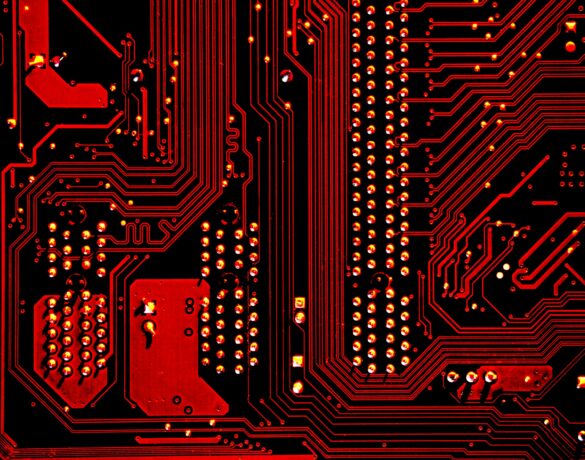E-Waste and the World Today
Electronic waste or e-waste is usually composed of electronic devices or components that are non-functional or obsolete. But the truth is that a lot of it can be refurbished and made to work as good as new. There isn’t just enough awareness in this space, and so e-waste generation peaked at over 53.6 million metric tons in 2019. This has caused untold effects on the environment, not to mention wastage of resources that are growing scarce every year.
Now is a time to retrospect and bring in better business practices that can prevent the accumulation of e-waste at this scale. The circular IT paradigm is a relevant step in that direction. Let’s take a look at what exactly circular IT is and how businesses can benefit from it.
What Is Circular Economy?
The basic idea of a circular economy is straightforward – making better use of resources through better usage and keeping them in the loop for longer. This is easier said than done because we are talking about integrating well-entrenched and complex systems. But a lot of companies are moving on with the circular economy because it also helps them work with a strict IT budget, which is a lot more common this year, post-pandemic.
Isn’t Recycling Circular?
A common misconception in this niche is that recycling is a circular process. While it is true that recycling is a part of the circular economy, recycling by itself is not a long-term solution for bad consumption practices. It takes away the focus on properly using current resources by making the process of discarding seem a better solution to consumers. The key is to focus on better consumption patterns of current resources than disposal.
In a circular economy, products are made to last several lifecycles reducing the chances of becoming recyclable materials. The repair, refurbishment, redistribute, and remanufacture loop is more desirable and circular as well. An economy that is focused only on recycling will find it challenging to move to the more advanced circular economy.
What Is Circular IT?
The circular IT process is based on the principle of the circular economy. Aliter leads the worldwide narrative on circular IT for business. It can help tackle rising OEM costs and expensive maintenance schedules. Circular IT can improve the revenue stream through the choice of high-quality refurbished IT equipment rather than buying new from OEMs. Another significant advantage is that circular IT can also double existing equipment lifetime through better support and preventative maintenance.
Building a (Sustainable) Circular IT For Business
We need to collectively push towards a more circular loop for businesses. Raw materials that were abundant before are rapidly dwindling. A more systemic change is required in response to the problem.
These are the changes we need to bring to build a sustainable circular economy –
Change Consumption
We need to consume less and consume better. Disrupting the consumption mentality, especially for businesses, is the need of the hour. Opting for refurbished equipment and avoiding limited (and expensive) OEM maintenance processes can go a long way to make your operations sustainable. Aliter can reduce maintenance overheads through effective third-party maintenance programs. These advantages make circular IT pivotal aspect businesses need to focus on in the future.
Change Perception
Another aspect of the circular economy is how we view refurbished and renewed equipment. Companies like Aliter ensure that the customer gets refurbished IT equipment that is as good as new. Enterprises like Google have no distinction between their new and refurbished IT inventory. They’ve been able to save upwards of a billion dollars just through refurbishment alone. Even sensitive niches like healthcare are switching over to buying refurbished medical equipment.
Change Circulation
An area that needs change is the process of circulation. Today, very few companies are able to circulate products and materials. The reason is that a lot of businesses have a limited view of circulation. Component circulation needs to be implemented at the IT infrastructure level which makes equipment fit for purpose. Aliter provides consultation services that can help you get the most out of your IT equipment infrastructure.
Making a Business Case for Circular IT
The road ahead for the circular economy is challenging, but several companies like Aliter are rising to the task. Adapting to a circular economy makes our customers more efficient and future-ready, not to mention making today’s limited IT budgets viable.
If you’re looking for more information about how refurbished IT hardware can make a difference to your business, Aliter is working on a whitepaper that can give you vital insights. Click on the link to reserve your copy of the Business Case for Circular IT whitepaper when it is published, delivered straight to your inbox.





